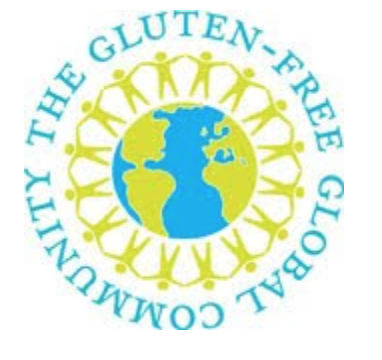Knowledge is Power, Education is Critical.
KNOW the warning signs of disordered eating
Early Intervention is key to successful recovery
Research shows that 35% of “normal dieters” progress to pathological dieting and of those, 20-25% continue on to develop partial or full-syndrome eating disorders (Shisslak, Crago, & Estes, 1995). From TV commercials to bestselling books, there are countless ideas about what we should be eating and how we should be exercising. But this focus on food and weight in the name of “health” can become a dangerous and disruptive preoccupation for some.
The theme for this year is "I had no Idea." Eating Disorders often go undetected or unnoticed because the person does not "look" sick or fit into an eating disorder label category. Eating Disorders are serious physical, emotional AND psychological conditions that cannot always been seen.
JUST because someone does not "look" sick, does not mean that they have a healthy relationship with food and exercise. Eating Disorders are complex conditions and sometimes a personal may exhibit symptoms from more than one type of disorder.
Learn More by clicking the following links to read up on symptoms:
- Anorexia Nervosa
- Bulimia Nervosa
- Binge Eating Disorder
- Other Specified Feeding or Eating Disorder (OSFED)
- Additional Eating or Feeding Disorders
Eating Disorders do not discriminate based on gender, race, size, age, or weight.
Remember, just because someone "looks healthy" does not mean that their mindset with eating and exercise is healthy. Knowledge is power, pass this information on to as many people as possible, early intervention is critical to a successful recovery.
but more importantly, PLEASE SPEAK UP, if you suspect someone you love is suffering.
Do not accuse them, but come from a place of caring and compassion, your support is what they need to admit they have a problem, and seek the treatment necessary.
Statistical Information and Links were provided by National Eating Disorder Awareness Organization



















